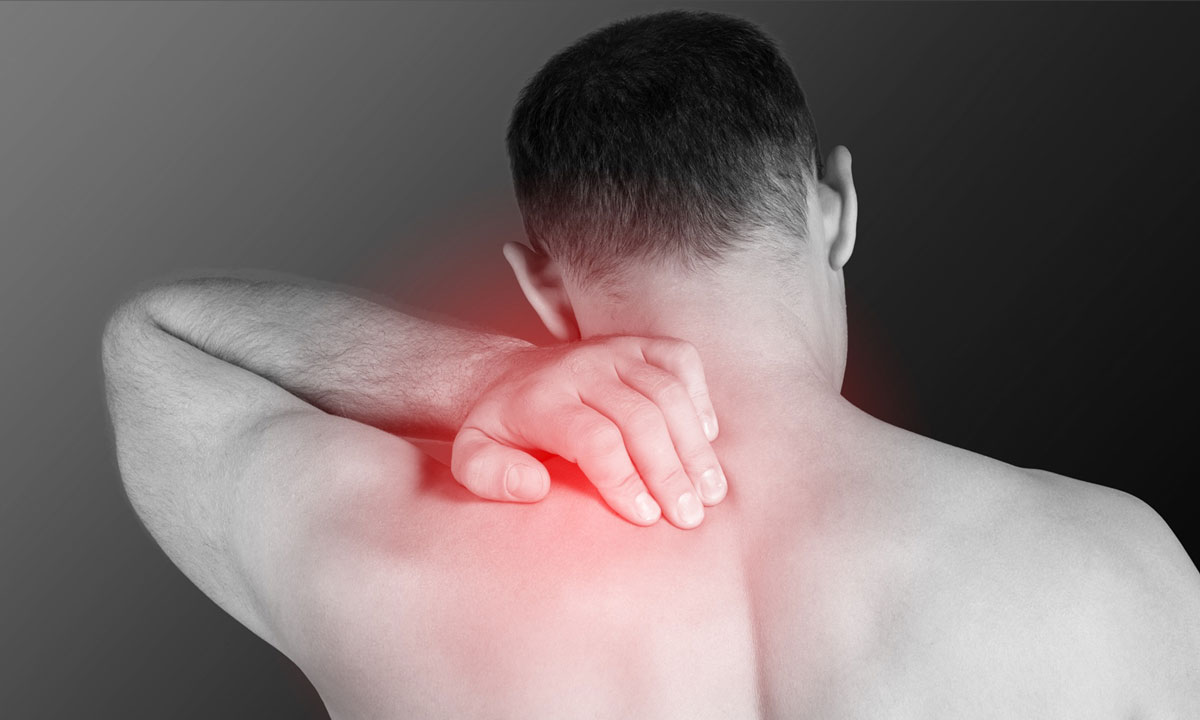
Far infrared saunas are being touted as a solution for sore muscles and like a must-have for rehabilitation among athletes. If you don’t already have a sauna but are thinking about getting one, it’s important to have realistic expectations about what’s accomplishable and to know what’s real about saunas.
In athlete circles or at the gym, we hear a lot about all sorts of trends in muscle repair and strengthening. If there’s one thing all serious athletes have in common, it’s that they’re willing to take extensive measures to keep their physical bodies in tip top shape. Infrared saunas are an opportunity to keep your body relaxed, de-stressed, and to keep soreness down to close to nothing. But does it work – here’s what we know.
Far infrared saunas use far infrared radiation. ‘Infrared’ is a type of light humans cannot see, somewhat similar to UV light. In a traditional, old-fashioned sauna, no infrared is used. Instead, heat is applied to the air in an enclosed space. As we sit there, it’s the heated air that warms us. Infrared saunas use light instead of heat. This light heats the body directly, targeting it straight without the need to heat the environment. Penetrating two to three inches deep, it heats the body from the inside out.
Infrared heat therapy has a number of claims to it. For athletes, there’s obviously a lot of truth to separate from what hasn’t been proven. Science backs up a number of infrared sauna claims including its ability to relax the body, achieve better sleep, improve blood circulation, help with muscle recovery, relieve joint pain, and improve range of motion. Now there are some claims unverified that are currently being studied that a sauna may help with including weight loss, detoxification, and improving the skin’s complexion.
There is a building mountain of research supporting the efficacy of infrared saunas for muscle aches. Perhaps more than anything, their effectiveness in pain relief is promising. It’s helped individuals with chronic fatigue syndrome, fibromyalgia, pain and discomfort relating to high blood pressure, joint pain related to arthritis, bone pain, chronic lower back pain, discomfort and symptoms of cardiovascular disease, and athlete muscle recovery. On any of these points, a sauna’s worth a try with an effectiveness of between 81-100% depending on the condition.
Some are calling for more exploration and more large-scale studies to examine where else a sauna may be effective but what we know so far in terms of muscle recovery and pain relief confirms that it indeed has a place. Athletes are seeing these benefits, just like everyday Canadians are. If you’re looking to treat sore muscles and body aches, give a sauna a try. The average recommended course of treatment can vary from 4-7 times a week for the most benefit. That said, some use it less and still see advantages. The average sauna session varies from 10 minutes for beginners to no longer than 20-30 minutes for regular users. You don’t need another minute!
Treat your body right. Stretching sometimes isn’t enough to get those aches and pains out. Heat therapy in an infrared sauna receives high marks, used by Olympic-level athletes all over the world. Get yours today from Steam Sauna and join the revolution in athletic muscle repair.
